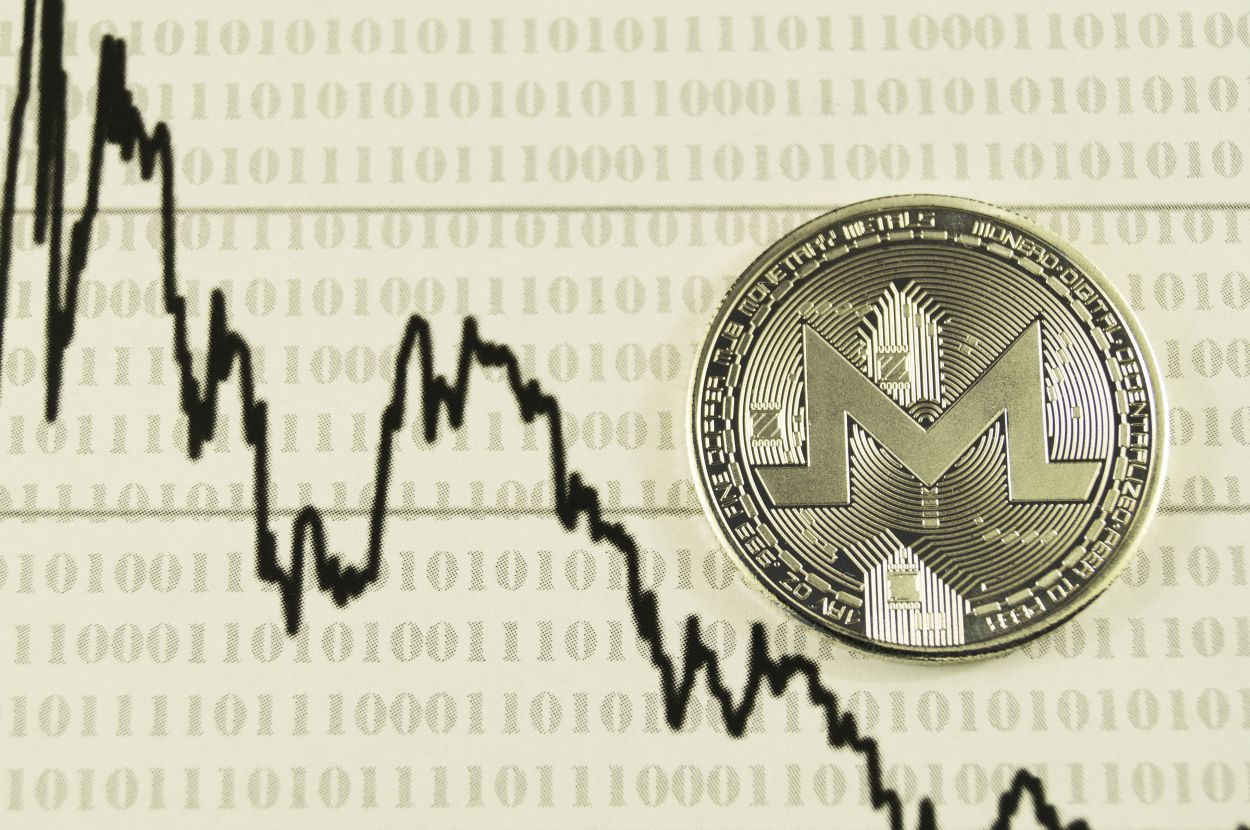Increasing volatility in government bond markets is fueling Wall Street’s fears that wild price swings in the safest assets this year could further destabilize already troubled financial markets.
The worst bond crash in a generation sent 10-year U.S. Treasury yields above 4% on Wednesday for the first time in more than a decade, before emergency measures taken by the Bank of England sparked the biggest single-day rally in more than 13 years. Over the day, yields, a benchmark for the cost of borrowing from mortgages to corporate loans, fell by a quarter of a percentage point.
The recent spike in volatility in normally calm debt markets has fueled concerns among investors that the bond sell-off has entered a new and more dangerous phase. The decline, driven by the Federal Reserve’s rate hike and the inflation trajectory, has been orderly, albeit rapid, but the latest fluctuations are linked to events outside the country, in particular the efforts of the world’s central banks to fight inflation and the dollar’s rapid strengthening.
The rapid growth of yields, which rise when bonds fall, hurts the markets. The major bond indices have never suffered such serious losses. Stocks fell, especially stocks of more speculative companies. The S&P 500 has lost 22% this year.
Investors may or may not believe that Treasury yields appropriately reflect the outlook for US interest rates.
But right now, “the main unpredictable factor is really what is happening in other countries,” said Leah Traub, portfolio manager at Lord Abbett.
Problems are growing like a snowball
Last week was special even in this year of massive bond market turmoil. The relative calm of the Fed’s three-quarters of a percentage point rate hike last week was quickly replaced by intense selling. Yields jumped a week ago after several of the world’s central banks raised their benchmark interest rates significantly and the Japanese government decided to support the local currency by selling dollars and buying yen.
Yields received another boost when the British government announced an unexpectedly large tax cut through new loans. This led to a sharp sell-off of British bonds, including abroad.
Then on Wednesday the Bank of England unexpectedly intervened in an attempt to calm the British market, saying it would delay the sale of bonds and start buying long-term British bonds. This triggered a feverish rise in bonds on both sides of the Atlantic.
Benchmark 10-year US bonds yielded about 3.7% by the end of Wednesday, below an intraday peak of almost 4.02%, but still up from about 3.5% in the first hours after the Fed meeting. On Thursday it reached 3.747%.
Investors and analysts point out that such strong fluctuations in yields are often due to specific factors, as well as fundamental economic indicators.
Before the intervention of the Bank of England, the sale of government bonds received an additional boost as British pension funds were forced to quickly raise cash to meet collateral needs. On the other hand, a bond rally could intensify when institutional investors are forced to cover bets that bonds will fall.
Few expect the underlying causes of recent volatility to fade soon.
Interest rates in the US are still much higher than in most developed regions such as Europe and Japan. This, along with fears of a global recession, is weakening many currencies against the dollar.
And this, in turn, fuels inflation in these economies, putting additional pressure on local governments and central banks to raise interest rates or take measures to strengthen currencies. Japan is of particular concern to investors as they fear that the central bank will be forced to abandon its policy of maintaining near-zero long-term interest rates. This could boost Japanese bond yields, making them more attractive to domestic investors at the expense of US bonds.
Prepared by Profinance.ru based on The Wall Street Journal
MarketSnapshot – ProFinance.Ru news and market events in Telegram
